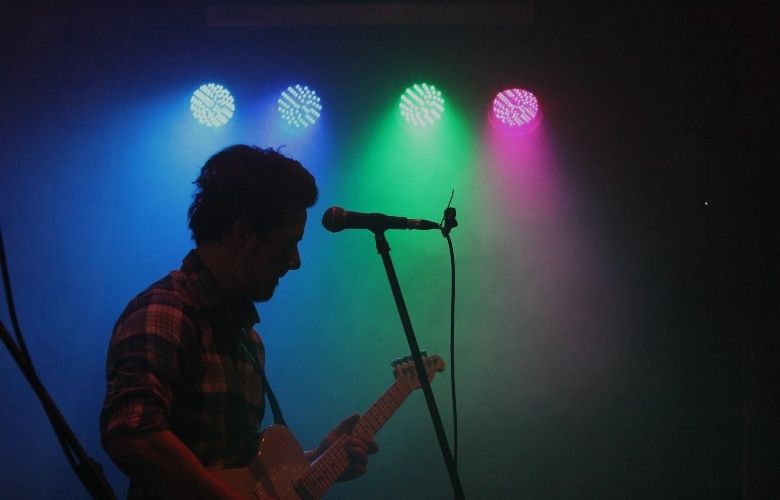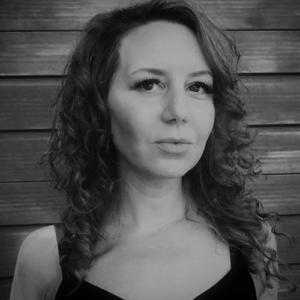
Scientists have commenced research on the safety of singing in order to fully understand and measure the risks of resuming performances in music and theatre. The research has been funded by the UK government and hopes to scientifically and definitively answer the question of how far apart we should be. The experiments have been instigated by the scientific community following WHO guidance stating that “Covid-19 might be spread by tiny particles of moisture” indoors.
The study is being led by Professor Jonathan Reid at Bristol University and Imperial College. Talking to the BBC, Professor Reid explained that measuring how aerosols from exhaled breath travel is the main focus of their experiments on the safety of singing:
“The coronavirus is transmitted by both large droplets and possibly by very small aerosol particles as well – and if someone is generating aerosol that is a mode of transmission, possibly.
“The big droplets are around the diameter of a human hair and they settle out under gravity very quickly within one to two metres. But the much smaller particles can be airborne from minutes to hours.”
Reid hopes to see if there are measurable differences between aerosols from breathing versus talking and singing, as well as factoring in volume.
While different procedures and guidance have been followed across the world, the UK is currently preparing in accordance with the latest announcements that state entertainment venues will be allowed to reopen from 1st August. However, this current social-distancing guidance also states that singers and performers should be three metres apart, which is an impossibility for any larger ensembles or small to mid capacity venues.
Reid hopes that the findings could help to determine a definitive answer to whether singers and musicians emit more aerosols, and subsequently influence the government guidance either way once the dangers are fully understood.
Potentially, the outcome for the research could also prove there is a high risk for audiences, who would naturally congregate and sing along in close proximity at shows. This could postpone the return of live performances for some considerable time if studies prove conclusive.
Professor Reid hopes to have the results published by Autumn 2020. While we await these scientifically backed answers to the safety of singing and how and when it will be possible to perform again, it’s important to keep the faith that the day will come. Perhaps Dave Grohl said it best in his op-ed piece for The Atlantic in May:
“I don’t know when it will be safe to return to singing arm in arm at the top of our lungs, hearts racing, bodies moving, souls bursting with life. But I do know that we will do it again, because we have to. It’s not a choice. We’re human. We need moments that reassure us that we are not alone. That we are understood. That we are imperfect. And, most important, that we need each other. I have shared my music, my words, my life with the people who come to our shows. And they have shared their voices with me. Without that audience—that screaming, sweating audience—my songs would only be sound. But together, we are instruments in a sonic cathedral, one that we build together night after night. And one that we will surely build again.” Dave Grohl.
Women’s Audio Mission: Free Online Learning Resources
Sophia Dalton: Interview with a London based Stage Manager


Michelle is a musician and composer from the UK. She has performed across the UK and Europe and is passionate about arts education and opportunities for women and girls.
Read Full Profile© 2021 TheatreArtLife. All rights reserved.

Thank you so much for reading, but you have now reached your free article limit for this month.
Our contributors are currently writing more articles for you to enjoy.
To keep reading, all you have to do is become a subscriber and then you can read unlimited articles anytime.
Your investment will help us continue to ignite connections across the globe in live entertainment and build this community for industry professionals.